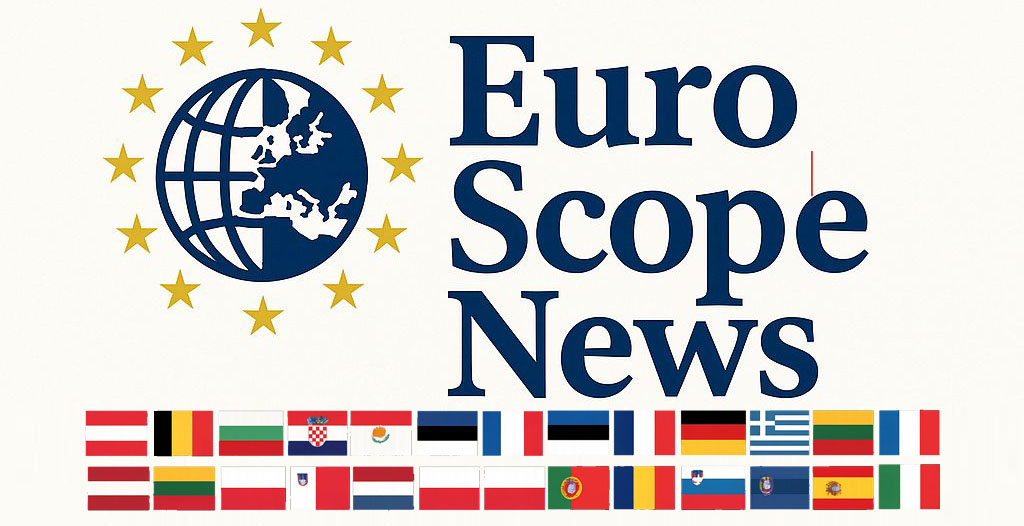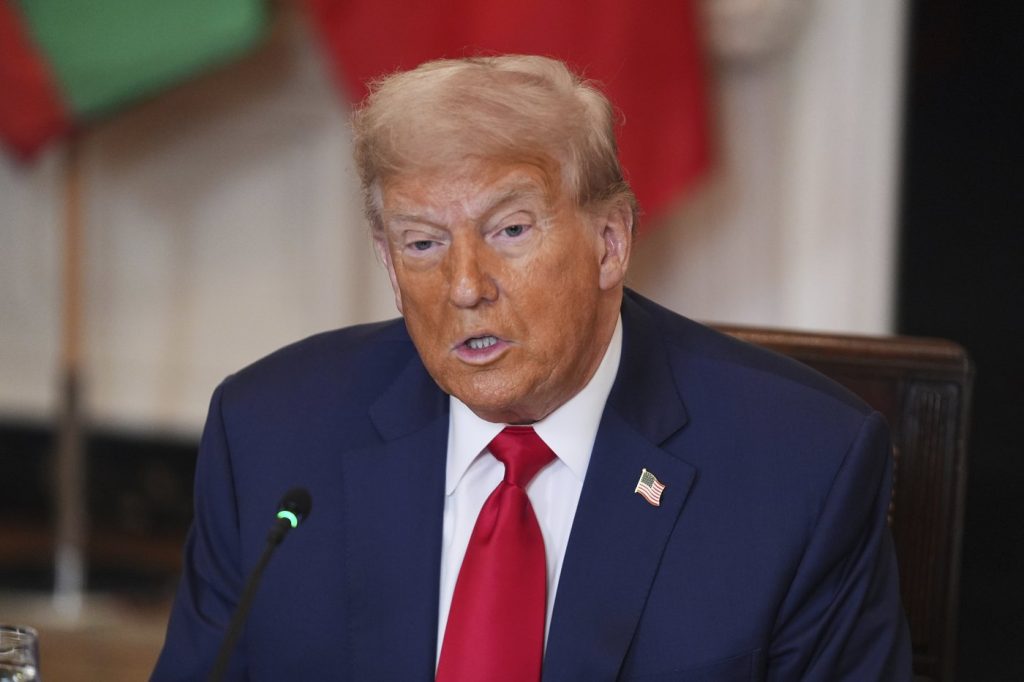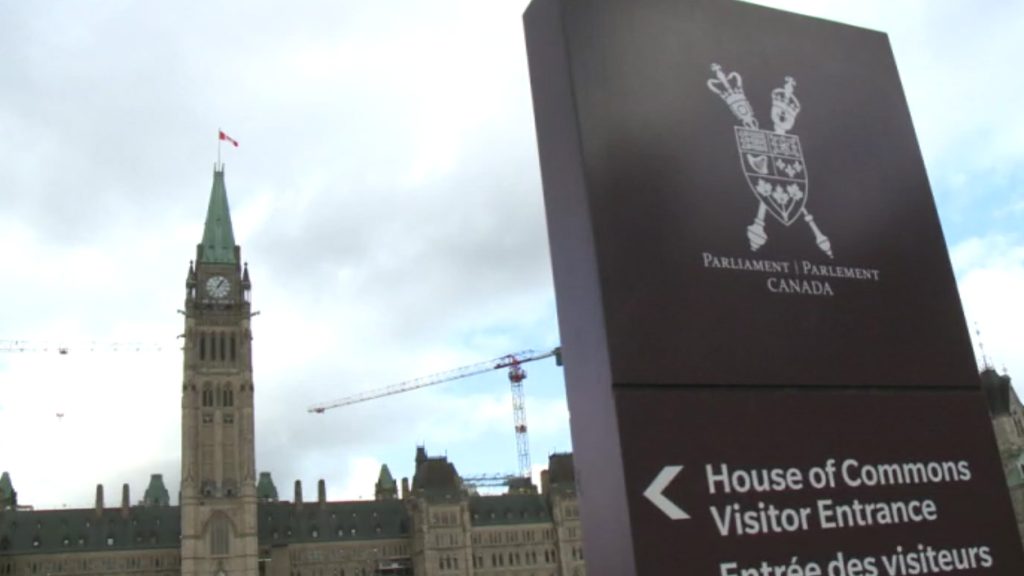On July 9, 2025, in Washington, D.C., U.S. President Donald Trump threatened to impose a significant 200 percent tariff on pharmaceutical imports, raising concerns within the Canadian pharmaceutical industry. Jim Keon, president of the Canadian Generic Pharmaceutical Association, stated that while Canada is not the main target of these proposed tariffs, the country could still be affected by collateral damage from broader U.S. trade measures.
The context for Trump’s threat stems from a desire to address national security concerns related to America’s reliance on imported drugs, particularly those sourced from countries like China and India. Trump initiated an investigation under Section 232 of the Trade Expansion Act of 1962 in April, focusing on pharmaceuticals, but has yet to release a formal report. According to Commerce Secretary Howard Lutnick, specifics about the pharmaceutical duties are expected to be unveiled at the end of the month.
Keon highlighted that generic medicines make up approximately 90 percent of all prescriptions dispensed in the United States, yet Canadian exports account for less than five percent of the total generic pharmaceuticals sold in the U.S. This small volume suggests that Canadian drug exports should not trigger significant U.S. concerns regarding dependence on imported drugs.
Despite the minimal impact Canadian drugs currently have on the U.S. market, Keon expressed hope that ongoing economic and security negotiations between Canada and the United States would preserve tariff-free status for pharmaceuticals. Both nations aim to finalize an agreement by July 21.
Keon advised caution in reaction to Trump’s statements, suggesting that the Canadian pharmaceutical industry has learned to wait for the actual implementation details of any tariffs before overreacting. However, if Canada does face tariffs, the consequences could be severe for both Canadian and international companies that produce pharmaceuticals. The generic pharmaceutical sector operates on thin profit margins, and without access to the U.S. market, some Canadian companies might find it unfeasible to continue manufacturing certain generic drugs for local consumption.
The impact of these proposed tariffs may also extend to American consumers. Drug manufacturers have warned that tariffs could lead to drug shortages in the U.S. and drive up prices for medications. Keon mentioned that the Canadian pharmaceutical industry, as part of a broader global sector, has functioned without tariffs for decades, and the imposition of tariffs would likely lead to higher costs and disrupted supply chains.
In his comments, Keon indicated that there is consensus among industry stakeholders on the need for the Trump administration to consider alternative strategies for reducing drug prices and enhancing the attractiveness of the U.S. market for domestic drug manufacturing. He suggested that harmonizing regulatory standards with those of other countries could reduce unnecessary costs, thereby benefiting the pharmaceutical industry as a whole.
In conclusion, the ongoing discussions surrounding tariffs on pharmaceuticals represent a complex challenge for both the U.S. and Canadian pharmaceutical industries. As negotiations continue, stakeholders remain attentive to potential outcomes that could shape the future of drug trade between the two countries.












